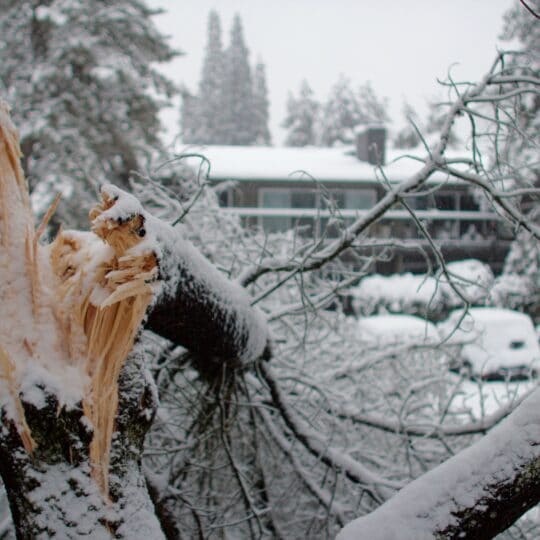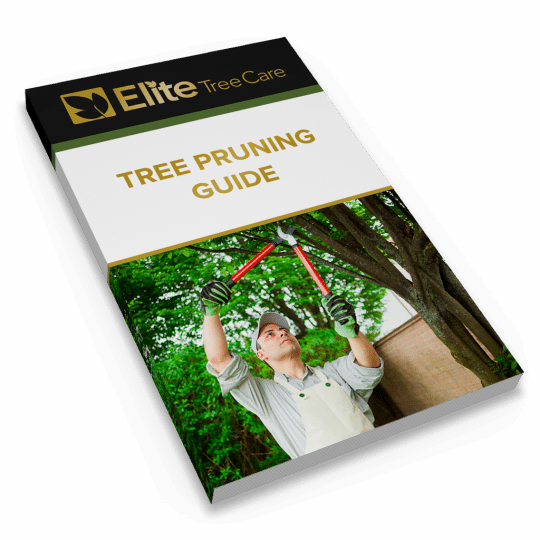How to Prune Damaged Trees
Making all the Right Cuts
Posted
February 11, 2021

After snow, ice, and wind wreak havoc on your trees, you may have some branches to clean up. After cleaning up debris off the ground, look up. Are there any dangling limbs threatening to fall? Follow these tips on how to prune damaged trees before another storm hits and more damage is done.
How to Prune Damaged Trees
You should always pay close attention to the condition of your trees, especially after a storm. When you notice damage, how you decide to fix it could mean the difference between the tree thriving or being removed. Here are some key tips to dealing with a damaged tree.
- You don’t have to DIY. Especially if the tree is large and the broken branches are heavy. Why risk your safety and further damage? Call a professional to help before you climb a ladder with a chainsaw. Pros have the necessary knowledge, tools, and insurance needed to get the job done right.
- Be aware. Be safe. Look around. Are there any utility lines in the vicinity of the damaged tree? Is a large branch hovering over your roof or your neighbor’s fence? If so, call that professional now.
- Cut what you can. Prune any broken branches you can reach from standing on the ground. As soon as you can clean up the cut from any jagged remains you’ll be helping to save your tree from disease and decay around the wound.
- Repair torn bark. To help improve the appearance and eliminate hiding places for insects, carefully use a sharp knife to smooth the ragged edges of wounds where any bark has been torn away.
- Don’t over prune. After all the broken branches are gone, your tree may look unbalanced. That’s okay. Don’t cut healthy branches to try and even it out. See how it all looks once new foliage returns.
Making the Cut
When it comes time to prune, the kind of cut you make will make a difference. Still not ready to call a pro? Here are some cutting tips.
- Make a partial cut from beneath the broken branch, at a point several inches away from the trunk.
- Make a second cut several inches from the top of the first cut. Gravity will help the limb to fall.
- The final cut should be just outside the branch collar, the raised area that surrounds the branch where it joins the trunk.
Ready to call a professional now? Contact Elite Tree Care for more tips on how to prune damaged trees and for a consultation on any plants in your yard that need a little extra care.

Download Your FREE Tree Pruning Guide
Learn how, when, and how much to trim or prune your trees to maximize their health and beauty. This guide covers the factors that go into tree trimming (pruning) and will help you make a more informed decision about hiring a professional tree service.